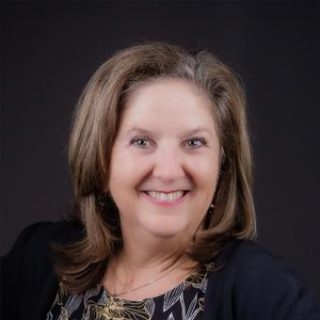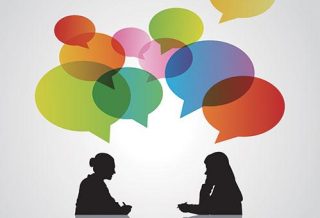FEATURE ARTICLE
Top Skills For Tough Conversations
Spark Effective Dialogue to Solve Complex Issues
By Learning Forward
October 2013
Read the remaining content with membership access. Join or log in below to continue.
Sed ut perspiciatis unde omnis iste natus error sit voluptatem accusantium doloremque laudantium, totam rem aperiam, eaque ipsa quae ab illo inventore veritatis et quasi architecto beatae vitae dicta sunt explicabo. Nemo enim ipsam voluptatem quia voluptas sit aspernatur aut odit aut fugit, sed quia consequuntur magni dolores eos qui ratione voluptatem sequi nesciunt. Neque porro quisquam est, qui dolorem ipsum quia dolor sit amet, consectetur, adipisci velit, sed quia non numquam eius modi tempora incidunt ut labore et dolore magnam aliquam quaerat voluptatem.
Current State/Preferred Future Protocol
| Once teachers are comfortable with the protocol, they can expect the entire process to take 45 to 60 minutes. Discussing the current state and preferred future will take about 15 minutes each. The remaining 15 to 30 minutes is used to develop effective strategies to address the identified problem(s). The more accurate the data used to identified the current state, the quicker teachers can get to the other two steps. | Current state (15 minutes)1. Each member of the group lists the current state of the situation or problem he or she is working on. Write in as much detail as possible about the status of student achievement in the focus area (i.e. how many students are proficient, developing, or unsatisfactory in the skill area, what strategies have been tried, the assessment results, etc.)2. Each group member shares his or her list, and each response is recorded.3. After all the items are discussed, group members make note of the themes they see in the results. |
Preferred future (15 minutes)4. Next, the group considers the preferred future. Each member writes what he or she thinks would be the goal of the work (i.e. all students will score proficient on the assessment, 95% of students will complete the task with 80% accuracy or above, etc.).5. Each group member shares his or her responses, and the group decides on a goal. |
Next steps (15 to 30 minutes)6. Group members list instructional strategies that will help students achieve the stated goal.7. Group members share and record strategies, then the whole group decides which strategies to implement.8. Teachers in the group implement the agreed-upon strategies, administer assessment, and come back together to examine the results. |
References
Bailey, S. (1997). Sitting in the fire without getting burned. Proceedings from NSDC Annual Conference, Nashville, TN.
Chadwick, B. (2000). Beyond conflict to consensus. Colorado Educators Consensus Institute 2000. Terrebonne, OR: Consensus Associates.
Dufour, R. (2004). Schools as learning communities. Educational Leadership, 61(8), 6-11.
Schiola, S.A. (2011). Making group work easy: The art of successful facilitation. Lanham MD: Rowman & Littlefield Education.
Schmoker, M. (2006). Results now. Alexandria, VA: ASCD.
Learning Forward is the only professional association devoted exclusively to those who work in educator professional development. We help our members plan, implement, and measure high-quality professional learning so they can achieve success with their systems, schools, and students.
Recent Issues
BUILDING BRIDGES
December 2024
Students benefit when educators bridge the continuum of professional...
CURRICULUM-BASED PROFESSIONAL LEARNING
October 2024
High-quality curriculum requires skilled educators to put it into...
LEARNING TO PIVOT
August 2024
Sometimes new information and situations call for major change. This issue...
GLOBAL PERSPECTIVES
June 2024
What does professional learning look like around the world? This issue...













